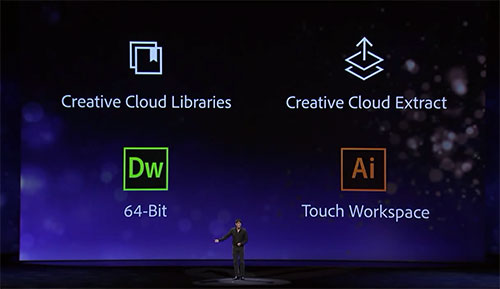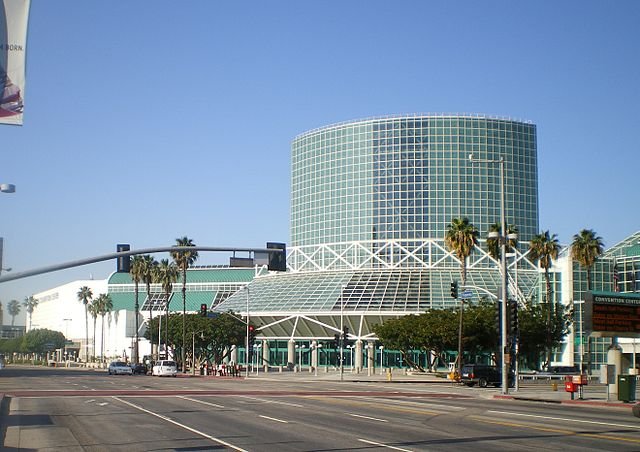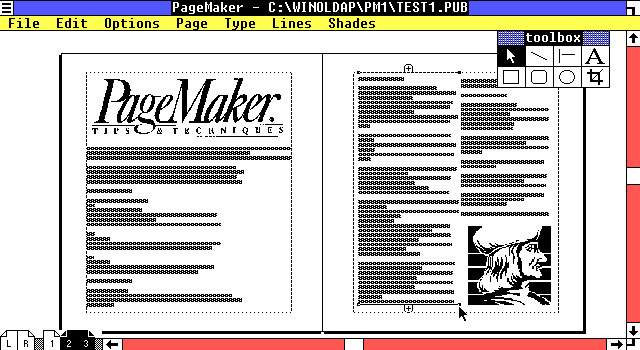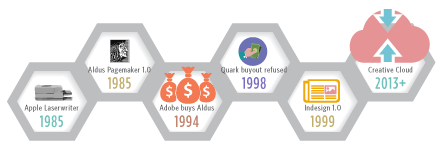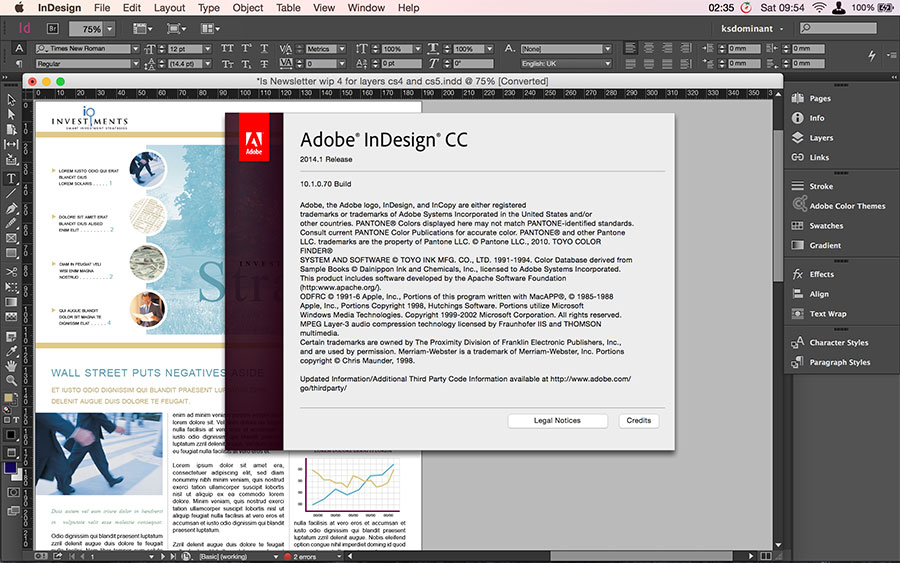Adobe Max 2015
Event Date: 3rd – 7th October 2015
Pricing: $1295 per person for an early bird ticket (around £825), $295 for students (other discounts available)
What is Adobe Max?
Adobe Max is an annual conference organised (obviously) by Adobe. During this five-day event, Industry experts, designers, tutors, and creatives hold workshops and seminars about the latest Adobe apps and related technology, design, innovation and creativity.
Started by Macromedia back in 2003, Adobe (after they bought Macromedia in 2005) decided to continue the event each year adding new elements and increasing overall quality.
More than just a conference, Adobe Max is best describes as five days of creative mayhem, learning, growth and coolness. You can expect spectacular keynotes presented by leading Adobe experts with hands-on labs, where you learn to use these new apps & technological advancements. The event ends with the famous Max Bash party, an opportunity to connect with everyone and enjoy listening to great live performances from well-known bands.
Sessions, labs and workshops are graded by skill level and separated into the following areas:
- Creative Careers
- Web & App Design
- Digital Publishing
- Graphic Design & Illustration
- Photography & Creative Imaging
- Video
Why?
The activities from Adobe Max are designed to improve, inspire and challenge the creative acumen of participants. The training labs, taught by some of the best artists and engineers in the industry, allow you to apply learning-by-doing lessons, to grasp the techniques taught in a fun & easy manner.
Seminars introduce you to new concepts and ideas, enhanced by the personality and (usually vast) experiences of the speakers. They will share tips & tricks and ways to overcome those fiddly difficulties that arise when you’re trying to achieve those outstanding results.
You’ll also get a first glance at the new technologies released by Adobe, and learn how to use them to your advantage.
It’s also a fantastic opportunity to engage in constructive discussions and get fresh perspectives on creative and design topics. General altruistic sharing with the other participants occurs in abundance seems to be the norm at the Adobe Max event.
Who should go?
You, if you’re reading this, chances are you’ll probably benefit from attending. Aimed at professionals in creative industries, and anyone that wants to network, Adobe Max is an Industry event for you to improve your knowledge with valuable insights from the industry leaders in the area of graphic design. Let’s face it: Adobe has pretty much cornered this market so if you are a designer, artist or involved in creative processes and use software that Adobe makes; you’re a suitable candidate!
If you are a student, on your way to becoming a great designer, artist or film-maker, this can be one of the most impactful experiences that you can have at this point in your development. The event is huge, and it can open a lot of pathways into the creative domain, not just on the technical side. The speakers are charismatic and serve as an inspiration, and the full conference pass for students costs just $299.
What did they show last year?
Adobe Max 2014 was an astonishing event. With more than 5500 participants, a plethora of interesting seminars, tech labs and keynotes held by Adobe executives. They presented important additions with an emphasis on the new mobile apps that are now part of the Creative Cloud. Some of the novelties from last year’s conference included;
- Creative Profile – the main repository on the cloud, allowing access to the stored resources for all connected devices.
- Brush (allows you to create brushes from different objects), Shape (converts high contrast pictures into vectors) and Color (creates new palettes relying on photos of anything in the environment).
- Creative Cloud Libraries – the cloud’s asset management feature.
- The public beta for Creative SDK – that allows third party apps to connect to Creative Cloud (an IOS exclusive at the time this article was written).
One of the surprises of the event was the appearance of Microsoft’s CEO, Satya Nadella announcing a partnership with Adobe. They revealed Windows 8 device support for Photoshop and Illustrator.
Another impressive moment was Lee Hirsch’s presentation of “The Bully Project” film. Delivering an emotional and moving speech, in which she insisted on the importance of reducing the phenomenon of bullying. At some point, Ann Lewes, Adobe’s chief marketing officer, joined her on stage and announced the Adobe Bully Project Mural, through which artists were able to share their experiences.
Max Sneaks, where the company allows the users to get a glimpse of their experimental technologies, was presented by Adobe’s Ben Forta and actor Joseph Gordon-Levitt. Ideas shared included;
- A visual speech editor.
- A couple of new ways to improve photographs like the Defog filter, which removes haze from pictures.
- A Photoshop web editor that allows you to edit PSD files directly in a browser and more.
What to expect this year?
This year’s conference promises to be the best yet. With a whopping 141 (so far) scheduled sessions and labs with 111 speakers from different areas of expertise. The conferences and labs are delivered by some of the best in the industry, here’s short list:
- Aaron Blaise –Digital Artist and Animator
- Justin Seeley – Staff Author at Lynda.com
- Anne-Marie Concepcion – CEO of Creative Publishing Network
- Stephen Gates – Vice-President of Global Digital Brand Design
- Chris Orwig – Professional Photographer, Author and Teacher
- Mark Heaps – Director of Development at Duarte
You can take a look at all of the sessions and labs scheduled here, together with the full list of speakers.
After the Max Sneaks session, the Max Bash will be taking place in the L.A. LIVE Plaza with live music performed by Cage the Elephant and Fizz and The Tantrums.
When & Where?
The event is scheduled to occur between the 3rd and 7th of October. The first two days will host pre-conference training sessions in which participants delve into design techniques. It takes place in Los Angeles, California, in two locations: The LA Convention Center and Nokia Theatre L.A. LIVE.
Final Thoughts
The Adobe Max conference this autumn looks more than promising, with a solid lineup of great speakers, Innovation and a few surprises.
Adobe enthusiast or not, this is a “must-attend” industry event. They even provide an email template to convince your boss to send you to the conference, which is an awesome idea (you can find it here). The only problem here could be that your boss becomes too excited about the whole thing and decides to go in your place!
If after reading this small guide, you are curious for more, visit the official website.
Image credits and attribution:
Cbl62 at en.wikipedia [CC BY-SA 3.0 (http://creativecommons.org/licenses/by-sa/3.0) or GFDL (http://www.gnu.org/copyleft/fdl.html)], via Wikimedia Commons


